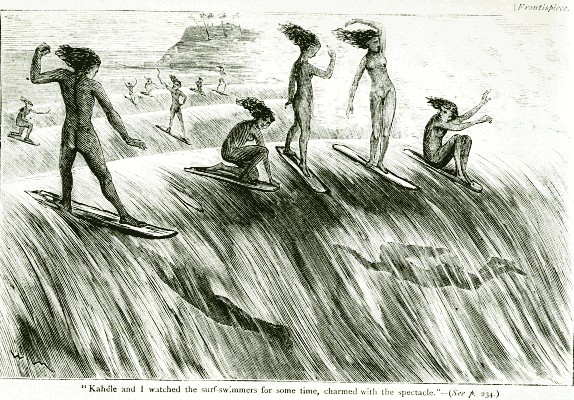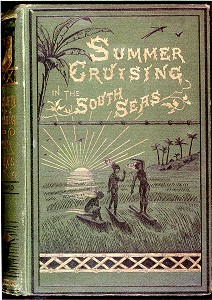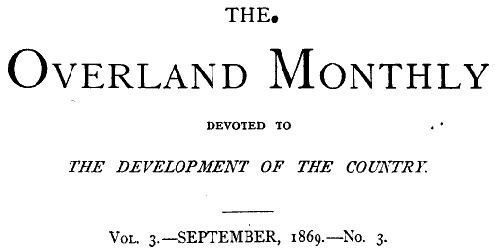 |
surfresearch.com.au
stoddard : surfriding on maui, 1874
|
Charles Stoddard : Surfriding on Maui, c1866.
| Charles Warren Stoddard: Summer Cruising in the South Seas, 1874. Chatto and Windus, London. 1874. |
Stoddard, Charles Warren:
Summer Cruising in the South Seas. Gay Sunshine Press Inc. PO Box 40397 San Francisco CA 94140. 1987. |
Introduction.
Charles Stoddard (1843-1909) visited Hawaii between 1864 and 1867.
In 1869, he had his first Polynesian story published in The Overland Monthly, which lead to a collection published in America as South Sea Idyls (1873) and in the England as Summer Cruising in the South Seas (1874).
Charles Stoddard (1843-1909) visited Hawaii between 1864 and 1867.
In 1869, he had his first Polynesian story published in The Overland Monthly, which lead to a collection published in America as South Sea Idyls (1873) and in the England as Summer Cruising in the South Seas (1874).



